
 Home
KS4
A2
Opts
Gall
Dates
KS3
Home
KS4
A2
Opts
Gall
Dates
KS3



 Tuts
Tuts







 Research
Specification
Designing
Evaluation
Task Analysis
Research
Specification
Designing
Evaluation
Task Analysis

 Making
Start
Objs
Ass
Ext
Making
Start
Objs
Ass
Ext

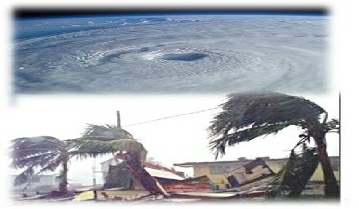

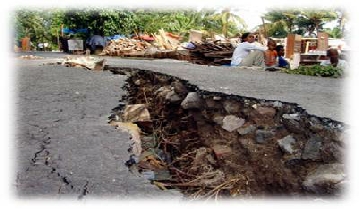

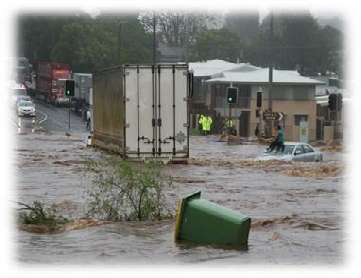
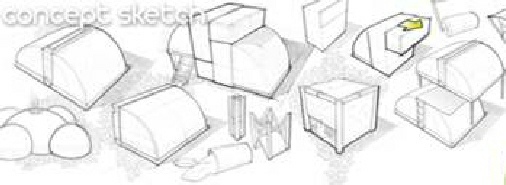
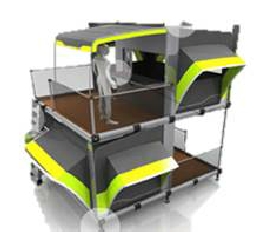

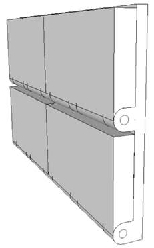
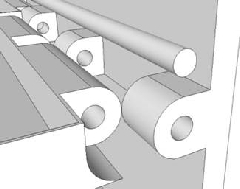
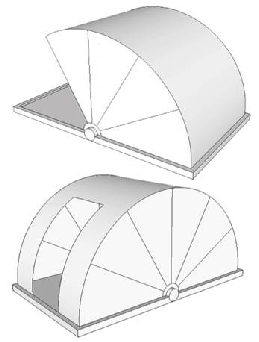
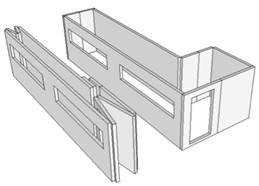
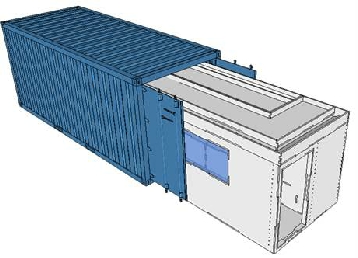
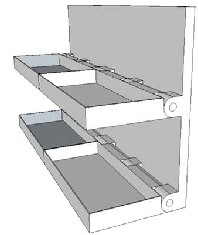







|
COVER WORK DESIGN TASKS |
||
|
GRADE A |
GRADE B |
GRADE C |
|
You have produced a wide range of drawings that are original, imaginative and innovative by using designing outside the box (divergent thinking) & other techniques You have developed your ideas further by using ongoing research You have added your own details to fully complete the drawing and extended upon the task using a variety of styles and techniques. Your work is fully complete. An excellent finished drawing that shows skill and detail. Your developments are shown through a variety of methods
|
You have produced a range of drawings that are original, imaginative and innovative. You have developed your ideas further by using some ongoing research You have added your own details to fully complete the drawing and extended upon some of the task using a variety of styles and techniques. Your work is complete. An good finished drawing that shows skill and detail. Your developments are shown through a variety of methods
|
You have produced some drawings that are original, imaginative and innovative. You have developed your ideas further. You have added your own details to complete the drawing. Your work is mostly complete. A finished drawing that shows some skill and detail. Your developments are shown through a variety of sketches |




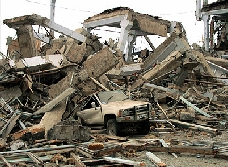
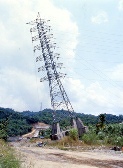









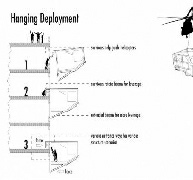

| KS3 Research |
| GCSE Research |
| A2 Research |
| KS3 Specification |
| GCSE Specification |
| A2 Specification |
| KS3 Designing |
| GCSE Designing |
| A2 Designing |
| KS3 Evaluation |
| GCSE Evaluation |
| A2 Evaluation |
| KS3 Task Analysis |
| GCSE Task Analysis |
| A2 Task Analysis |
| KS3 Manufacturing Spec |
| KS3 Materials |
| GCSE Manufacturing |
| A2 Manufacturing |
| KS3 Task Analysis |
| GCSE Task Analysis |
| A2 Task Analysis |